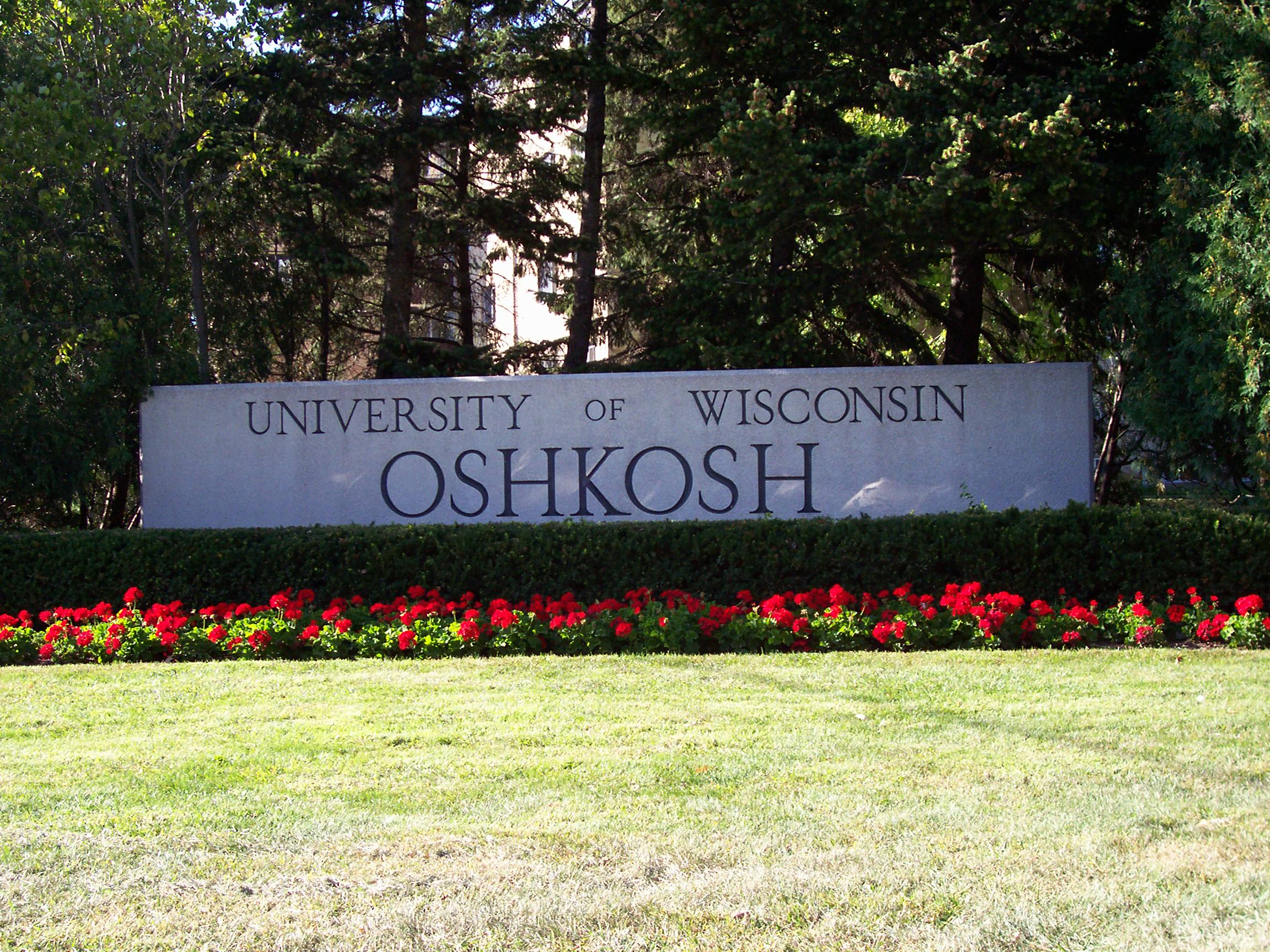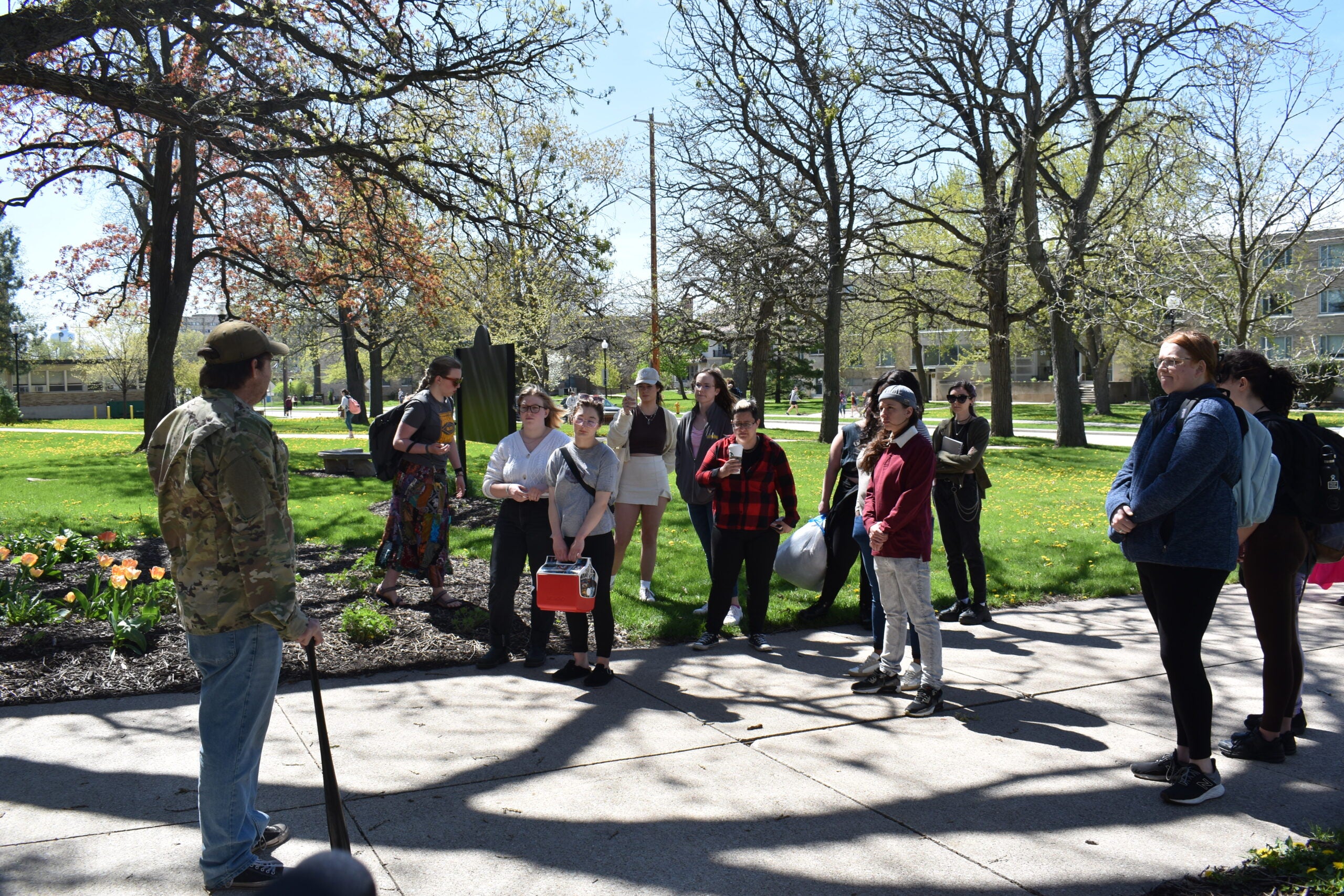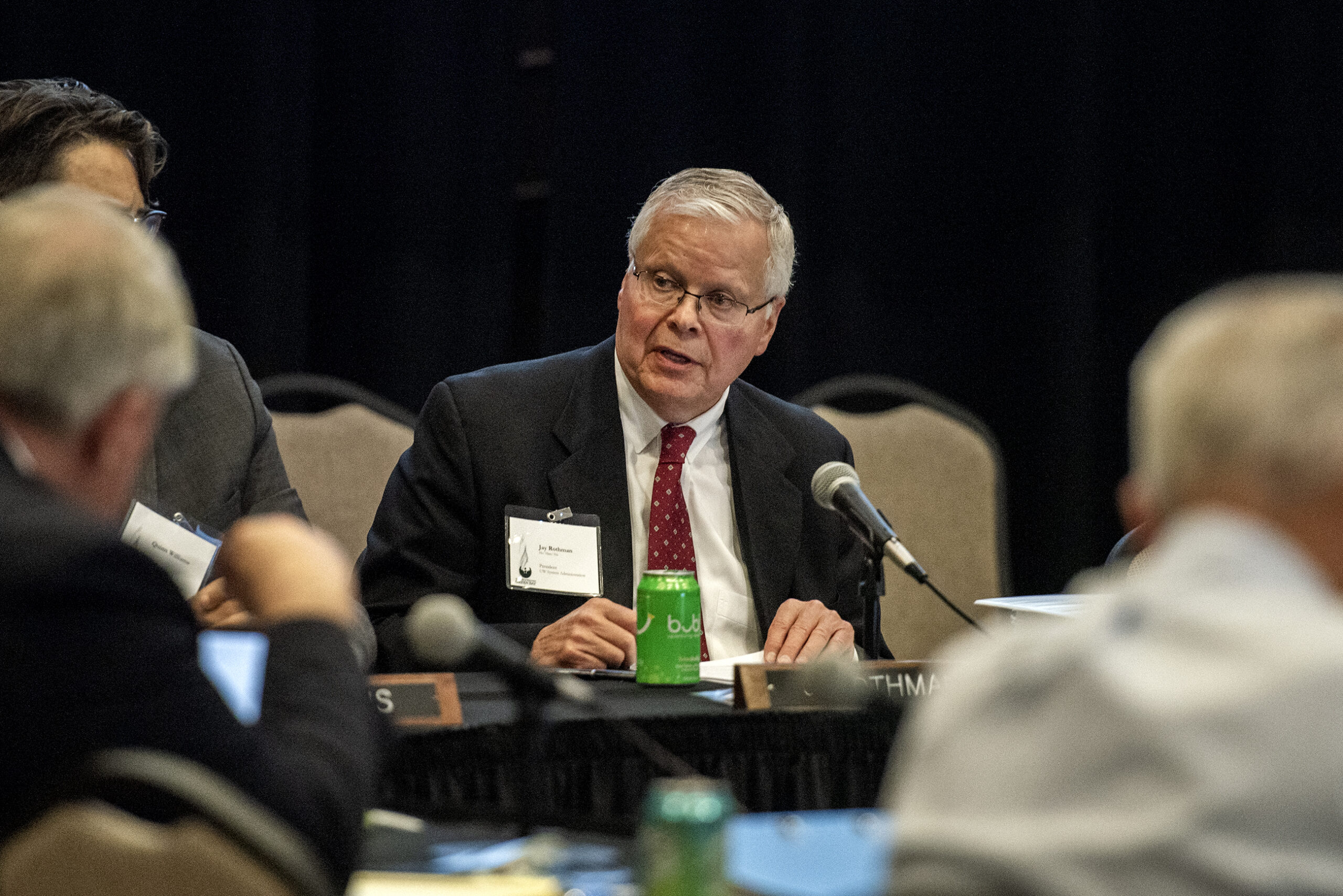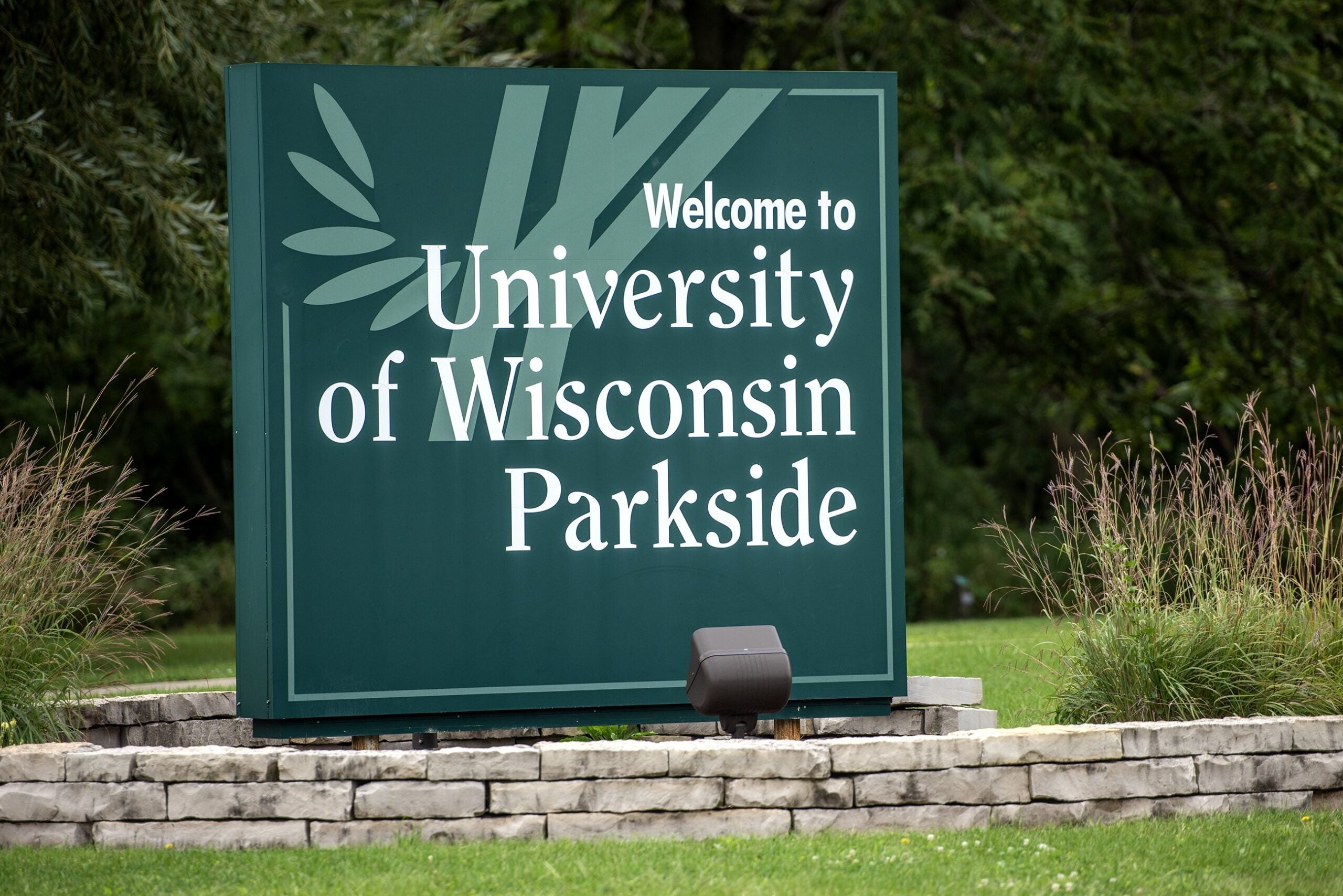Another University of Wisconsin campus is dealing with declining enrollments.
The University of Wisconsin-Oshkosh is in the midst of an expense-cutting plan. Campus officials say the cuts are due to tuition freezes, state cuts, and demographics.
The university is entering its second year of a three-year plan to get the campus financially solvent, said John Koker, interim provost and vice chancellor for academic affairs at UW-Oshkosh.
Stay informed on the latest news
Sign up for WPR’s email newsletter.
Part of the plan includes attrition of faculty. Koker said no tenured or tenure-track positions will be cut, but they may not be filled if a professor leaves or retires. The fate of academic staff who are untenured is uncertain.
Koker said enrollment has fallen in the last five years.
“If we are serving between 1,500 and 2,000 less students on this campus right now, we need to adjust the workforce and services accordingly,” Koker said.
UW-Oshkosh has an undergraduate population of 9,500 students. Koker said this year’s freshman class has bumped up to nearly 1,700 students, but its enrollment is still down compared to five years ago.
He said state-imposed tuition caps are also putting a financial crunch on professors who may have to pick up more class time.
Koker said some young people are choosing to forego higher education.
“There are fewer high school graduates in the state of Wisconsin,” Koker said. “Partly it is the economy. A number of high school students are choosing at this time to enter the workforce directly rather than to continue their education.”
UW-Oshkosh is among several state universities struggling with tuition caps and dwindling enrollments.
Cuts have also been made at UW-Milwaukee and UW-Stevens Point.
Koker said there are no plans to eliminate any majors, but if such a decision is made, students who are currently enrolled will be allowed to finish their programs.
David Siemers, a political scientist and an executive board member of the American Federation of Teachers, said even though tenured professors are safe, academic staff are at risk.
“Some of whom have been with us for two decades or more,” said Siemers, who is a professor at UW-Oshkosh. “So they’re cutting their salaries and they’re, in turn, making faculty teach more courses. And we’re concerned about the degrading quality that would have on classes.”
Ultimately, Siemers, said current and future students could feel the effects of the attrition.
“You can only teach so many classes and have them be of the same quality,” Siemers said. “Saying we have to teach more classes inevitably quality will decline.”
Wisconsin Public Radio, © Copyright 2024, Board of Regents of the University of Wisconsin System and Wisconsin Educational Communications Board.





